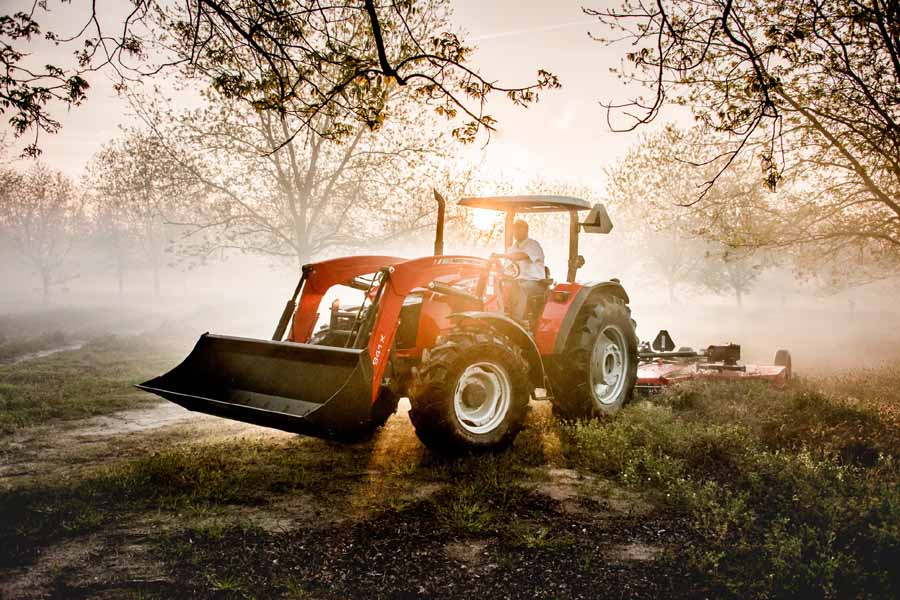Tractors are incredibly useful machines that can make farming much easier by allowing farmers to till and plant their fields more efficiently. Despite their benefits, there are still some common misconceptions about tractor use in Togo. In this blog post, we will be addressing these misconceptions and providing you with the information you need to know about tractors in Togo. Whether you are a farmer looking to purchase a tractor or an importer interested in bringing tractors into Togo, this post will provide you with valuable insights.
Tractors are too expensive
One of the biggest misconceptions about tractors in Togo is that they are too expensive for farmers to purchase. While it is true that tractors can be costly, there are many affordable options available on the market. Massey Ferguson, for example, offers a range of tractors at various price points. Additionally, there are financing options available to help farmers purchase tractors.
Tractors are difficult to maintain
Another misconception about tractors is that they are difficult to maintain. While tractors do require regular maintenance, it is not difficult to perform. Basic maintenance tasks such as changing the oil and filters can be easily done by farmers themselves. Additionally, many qualified technicians in Togo can perform more complicated maintenance tasks.
Tractors are not necessary for small farms
Some farmers may feel that tractors are not necessary for small farms. However, tractors can still provide significant benefits even on small farms. For example, using a tractor to till the soil can save farmers a significant amount of time and labor. Additionally, using a tractor to plant and harvest crops can lead to increased yields and profits.
Tractors are not efficient in Togo’s terrain
Finally, some farmers may feel that tractors are not efficient in Togo’s terrain. However, tractors are designed to operate in a variety of environments and there are models available specifically for use in rugged terrain. By selecting the right model, farmers can ensure that their tractors can effectively perform the tasks they need.

Tractors are a valuable tool for farmers in Togo. While there are some common misconceptions about tractor use in Togo, these misconceptions can be easily addressed with the right information. By understanding the benefits of tractors and selecting the right model for their needs, farmers in Togo can save time, increase yields, and ultimately improve their bottom line. Additionally, importers looking to bring tractors into Togo can help support the country’s agricultural industry and provide farmers with the tools they need to succeed.
